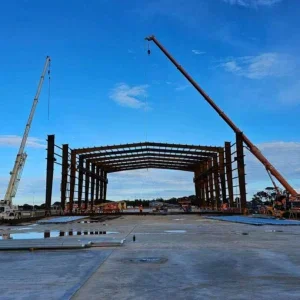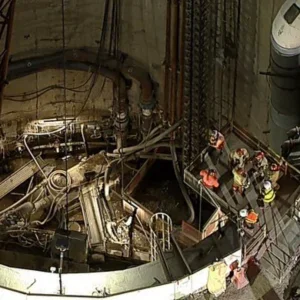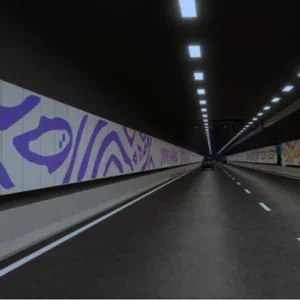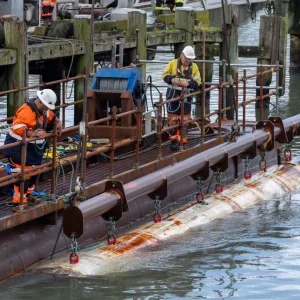An Australian study may have sounded the death knell for plans to build the 11km Thirroul tunnel. The report into upgrades of the rail line between Sydney and Wollongong has, however, reinforced the case for a 7.6km or 9.7km tunnel.
Unsurprisingly, the study concluded that the longer tunnel route through areas disturbed by coal mining would represent a significant engineering issue and construction risk.
The study took heart that a revised vertical alignment, which avoided passing through a coal seam, would make the A$1.4bn (US$990M) Thirroul tunnel more technically feasible. However, it also noted that there was a high degree of uncertainty about the extent of the mine workings. In addition, the time required to purge diesel fumes and the heat build up was cited as a problem with the tunnel that would necessitate ongoing maintenance and operation of the existing line for freight.
Connell Wagner, in association with TMG International, was commissioned in January 2003 by the Rail Infrastructure Corporation to undertake an independent rail improvement study for the South Coast Railway Line in New South Wales. Drawing from previous studies, as well as strategic transport plans, the main brief was to investigate the relative merits of the tunnel proposal versus incremental upgrade options. The existing alignment was used as the base-case, against the desired outcomes of increased capacity, reliability and reduced travel times for passenger and freight services.
Two different strategies of incremental upgrades were considered to address the Thirroul tunnel’s inability to meet freight needs, whilst also improving travel times. By advocating shorter tunnels and new alignments the heat build up and diesel fume purge times become less of an issue, allowing for shared passenger and freight routes. Strategy 1 was weighted towards best travel time and Strategy 2 was designed for best value.
It was felt that accepted industry levels for geotechnical investigation and evaluation was 1%-3% of the capital value of the works. Given the complexity of the 11km Thirroul tunnel route, which included disturbed ground, mine gas, mine workings and faulting, the cost was estimated at the higher limit of the band. Surface exploration, pilot tunnels and seismic tomography were listed as required.
The study concluded Strategy 2 featuring 7.6km of tunnel was the optimum scheme. The estimated capital cost at US$424M was 50% less than the Thirroul tunnel, yet could deliver 75% of the longer tunnel travel times savings.
The evaluation was considered sufficiently robust that the study team felt able to recommend this option should the scheme progress further.
Related Files
Route options for the Sydney – Wollongong line







